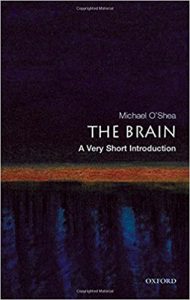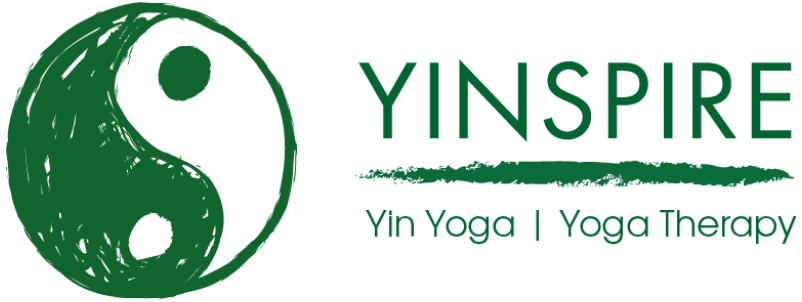 Part of the Oxford Very Short Introduction Series – a treasure trove for the curious – this is a comparatively short book – 120 pages – exploring the working and structure of our brains.
Part of the Oxford Very Short Introduction Series – a treasure trove for the curious – this is a comparatively short book – 120 pages – exploring the working and structure of our brains.
On a couple of occasions in my practical anatomy work I’ve been privileged to hold human brains – the feeling of awe that this represented somebodies experiences, emptions, feelings, sensations and understandings is quite awe inspiring. When you study neuroscience a little deeper, that feeling of awe increases as you learn of the regions of the brain, the parts we are aware off, the parts that tick along without concious awareness; the connections in the brain; the way sensation is processed; the way memories are set down.
Although we know a lot about the brain, there is also a lot we don’t know or are still coming to understand – its not so many years ago that science thought the brain was fixed after childhood – in the past few decades we’ve come to understand this isn’t so, and the brain can change to circumstance in adulthood, so called neuroplasticity – “Neurons that fire together wire together” (Donald Hebb).
In this book the author reviews topics like brain functions, and how our brain works seamlessly and mostly without thought on our part (can you think about thought?); the structure of the brain; how we sense, perceive and act; memory and how its set down; healing a brain. If there were one criticism, and its more observation, the book is a 2005 issue, and 12 years on could benefit from an update to reflect latest changes – just last week I was reading of new research around how we set down memories which challenges the content in this book.
So, who is this book for? The curious really. Those curious about the brain and how it works, those seeking to understand how and why we react as we do. At 120 pages its not an in-depth exposition, but it stimulates interest and further discussion or enquiry.
The book can be purchased on Amazon, and if you use this link Yinspire makes a small commission.
